Calls made to your phone by a hidden number can be annoying, particularly when you missed the call and you have to identify the caller. As opposed to regular calls, the caller ID is not displayed in a private number call, thus making it more difficult to identify. Luckily, it is possible to call back or know who is calling privately in several ways.
In this blog, we will look at effective, legal, and safe methods of tracing or recalling such calls, so you will know the best manner of reaction.
What Does Private Number Mean?
A private number is a call during which the caller has deliberately blocked their ID so that their phone number does not show on the screen. This is normally accomplished by disabling caller ID on the phone or dialing a code like *67 before the number.
Private numbers may be used for privacy; however, at that point again, it is an approach that will likewise be utilized to make spam calls or scamming calls.
Private vs. Blocked Calls:
- A private call is a call made by the caller who has concealed his/her number before making a call.
- A blocked call usually refers to a prohibited call due to your phone service provider, security software, or even your block list, so that some numbers cannot reach you.
Private vs. Unknown Calls:
- The number in Private calls is hidden on purpose, either by settings or codes.
- Unknown calls are those that are not reachable through the network, either because of technical problems or inadequate information about the caller-ID, or because the call is directed through a particular VoIP system or international network.
Knowing about these differences will allow you to utilize the appropriate approach, including ignoring, reporting, or calling in search of the caller, while also avoiding confusion between intentional number hiding and unavoidable network limitations.
How to Call Back Private Number
To trace or call back a private number you need the right tools or services. Some of the ways can be performed immediately, others can be carrier or third-party apps (depending on the phone carrier). There are methods used successfully to reconnect or detect the missing caller as shown below.
Call Private Number Free With *69
The *69 service is one of the easiest ways to dial private call. When dialed immediately after missing a call, it automatically redials the last incoming number, even if it was hidden. Many carriers offer this service free or for a minimal fee. It’s quick, requires no special apps, and works on most landlines and some mobile phones.
Steps
- Pick up your phone immediately after the missed call.
- Dial *69 and wait for the system to connect.
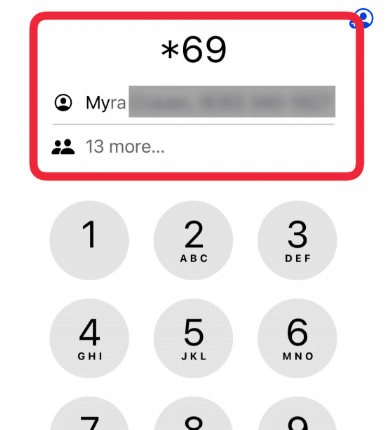
- Listen to the automated voice for details.
- Follow prompts to call the number back.
- Note that the service isn’t available on all networks.
Check Provider’s Log
Some phone service providers maintain call logs that include numbers hidden during caller ID blocking. These logs are not always accessible online but can be requested through customer service. If the call was threatening or harassing, the provider may disclose the information to you or the authorities, ensuring you can take further action if necessary.
Steps
- Contact your mobile or landline provider.
- Provide details about the call (time, date).
- Request call log access or a caller report.
- Be ready to verify your identity.
- If needed, file a formal complaint for harassment or threats.
Find Out Who’s Calling From a Private Number
There are several tools, such as Cellphone Location, which could be used as a reverse phone lookup to determine who is calling you. Although it can not be applied to all personal numbers, it is helpful when the name of the caller becomes visible sometime later or when the person calls the next time without calling up his/her ID.
Such tools scan public databases, social media, and spam databases to compare the number to a name and location.
Steps
- Visit Cellphone Location’s website.
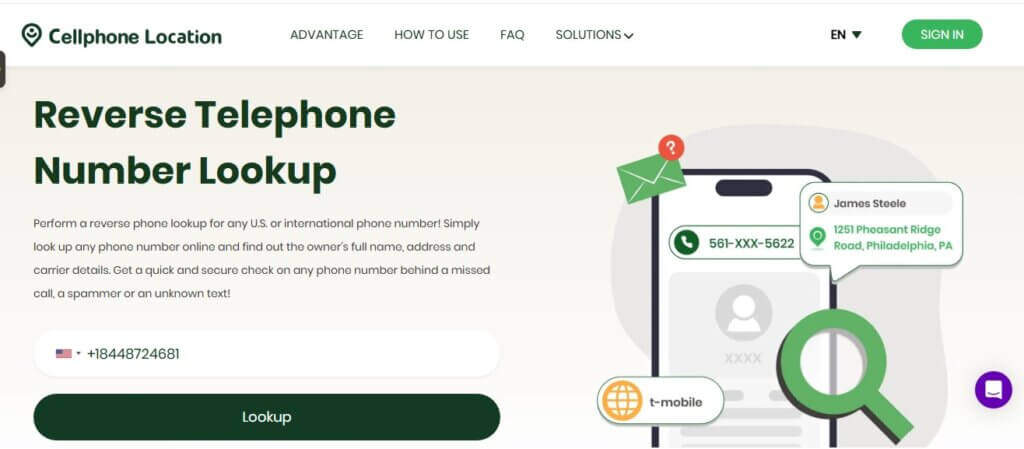
- Enter the suspicious phone number.
- Provide your email for the report.
- Check who’s calling you from a private number and other information.
Use the Call Unmasking App
One of the widely used apps is TrapCall, which reveals the identity of the hidden numbers in real time. When you are called privately, the app redirects the call, identifies the number, and it may even offer the caller’s name and address. It can be applied particularly to repetitive harassment. Trapcall is a paid service; however, we find it to be quite accurate and has other features that block spam, which is worth enough.
Steps
- Sign up for TrapCall and install the app.
- Follow the setup instructions to activate call forwarding.
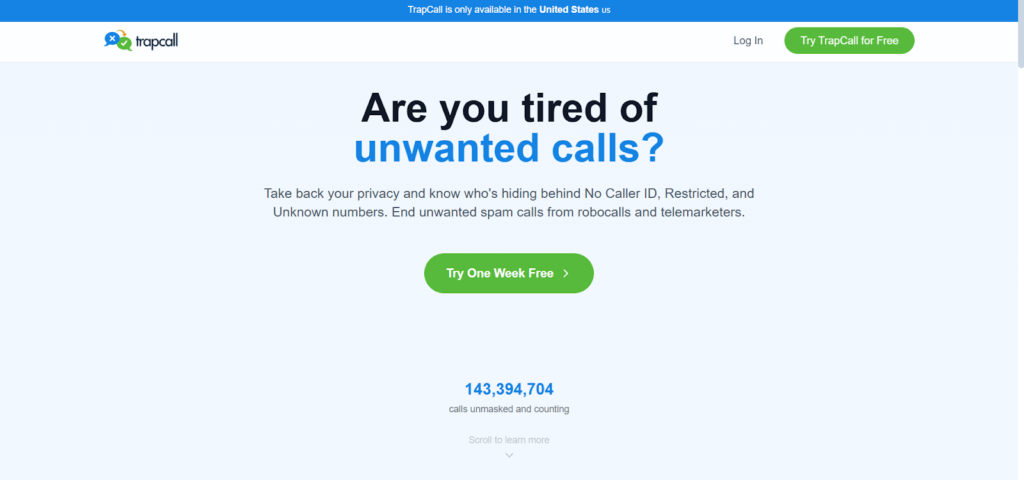
- View caller ID details on your phone.
- Block or report the number as needed.
Call Tracing With *57
Using the 57 service, also called call trace, the system records the last phone call you received, whether the call is a private or non-private one, and passes the information to law officials. It can be used for a general number check or more serious matters like harassment or threats. The identified information is not revealed to you, but you can be traced by the police.
Steps
- Immediately after the call, hang up.
- Dial *57 and listen for the confirmation tone.
- Contact law enforcement to file a report.
- Use this method only for urgent or threatening calls.
How to Make Your Number Private
Avoiding giving out your number will keep your identity safe, and you will reduce unwanted calls. You may block caller ID on your phone, either temporarily or permanently, to prevent others who call but do not answer your phone, tracking you down subsequently or locating you in the future.
Turn Off Caller ID On Phone
The settings option on most smartphones enables you to hide your caller ID. This bars all calls you make until you turn it back on. It comes in handy when you constantly make calls to random people and do not need your number saved or misused.
Steps
- Open your phone’s Settings.
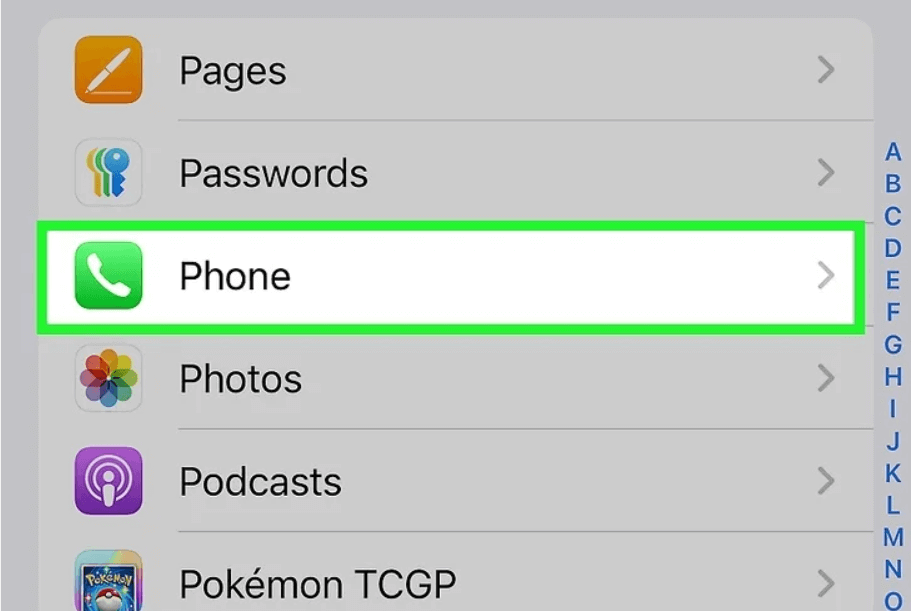
- Select Show My Caller ID.
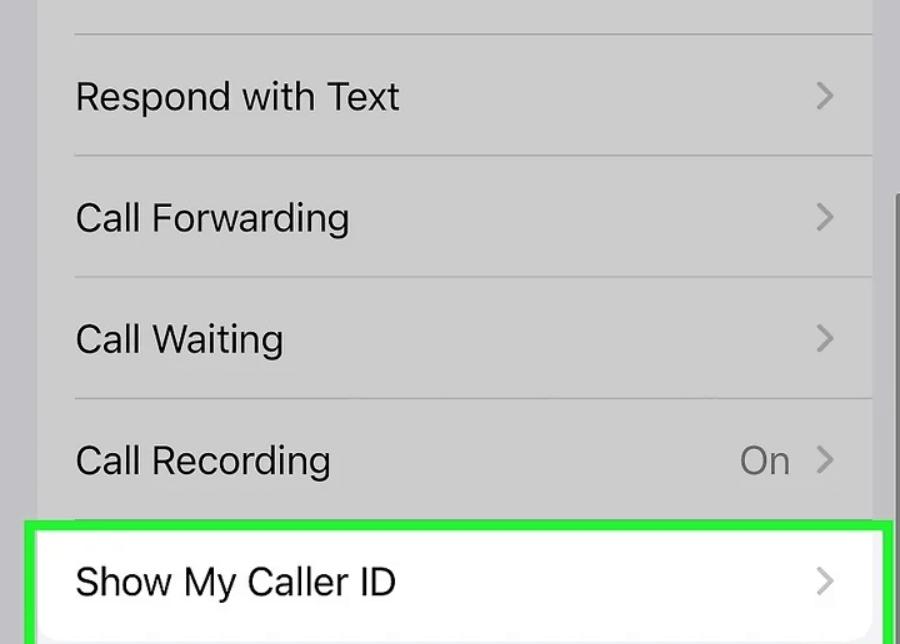
- Toggle the setting to Off.
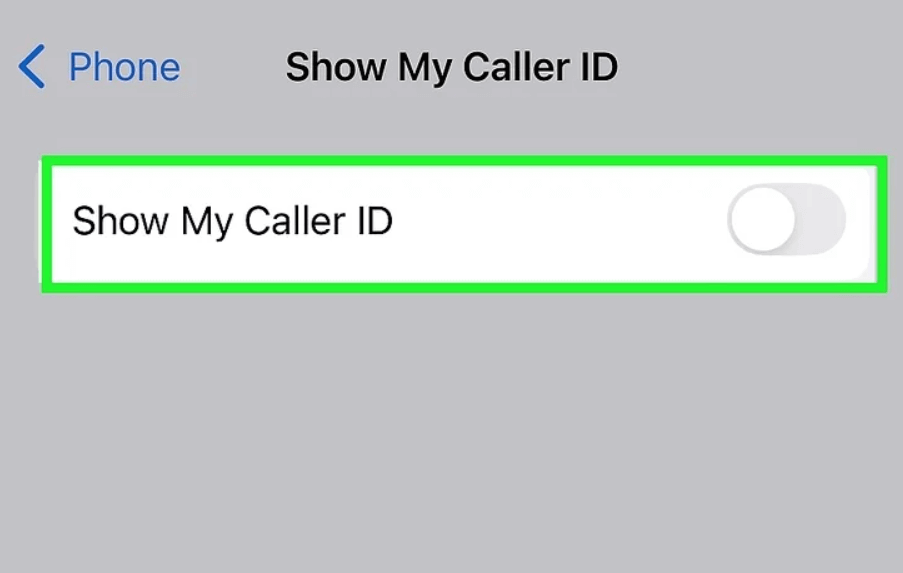
- Make a test call to confirm.
Use *67 to Block
If you dial 67 and then a phone number, it turns off your caller ID temporarily on that call. It is fast, free, and can work in almost all networks in the US and Canada. This is perfect when you sometimes feel like retreating to privacy without necessarily having to change the setting.
Steps
- Pick up your phone.
- Dial *67 followed by the phone number.
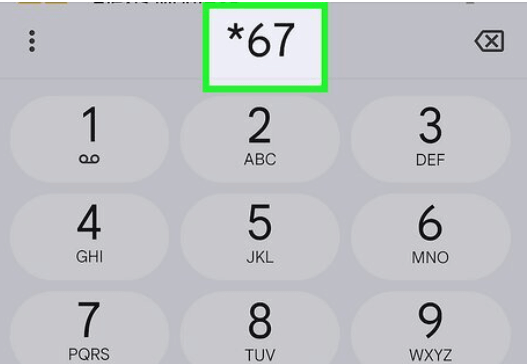
- Your number will appear as “Private” or “Blocked.”
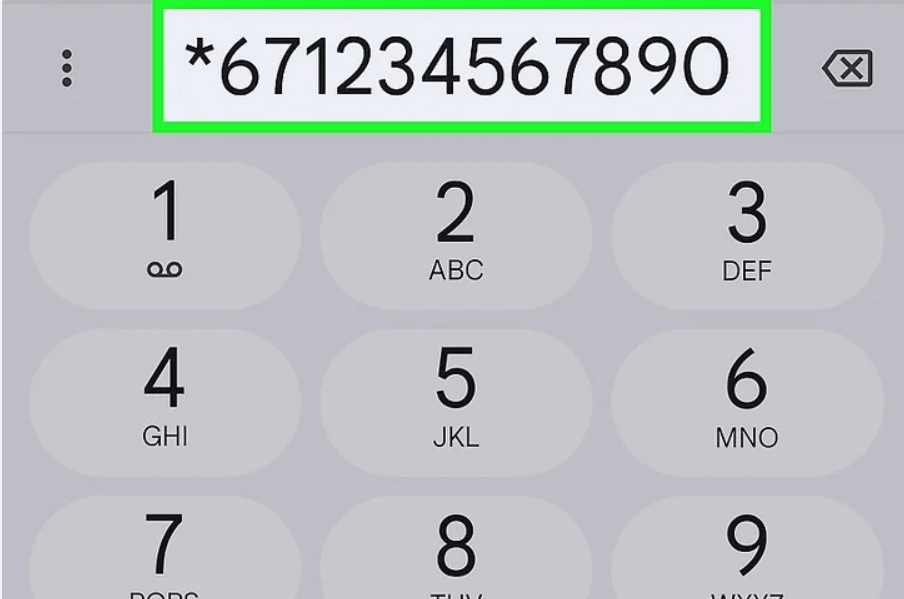
- Repeat for each call you want hidden.
Permanent Caller ID Block
Your phone service provider can permanently block your caller ID for all outgoing calls. This is a long-term solution for maintaining privacy. You can still temporarily reveal your number by dialing *82 before a call when needed.
Steps
- Call your provider’s customer service.
- Request permanent caller ID blocking.
- Confirm activation timeline.
- Test with a friend’s phone.
- Use *82 to override when needed.
FAQ
- Is there any way to find out who called from a private number?
Yes. Apps like TrapCall and network services like 57 Caller identify these hidden or concealed callers by exposing or recording the number to track down (for criminal investigation), as there is often circumstantial evidence that a crime may have been committed.
- Can you reverse look up a private call?
Not directly. Reverse lookups need an evident number or one that is recorded by your supplier. Whether the number is concealed, you will require special unmasking services or the aid of the carrier to trace the identity of the caller.
- Why do some calls show as “unknown” even without call blocking?
This happens when the network fails to identify the phone number of the caller because of route or international call processing or through VoIP providers that do not provide caller ID information so you receive nothing other than an unknown phone number.
Conclusion
Unlisted numbers are sometimes not only inconvenient, but also suspicious, yet with the right instruments one can follow these calls or call them back. You can choose between quick dial codes, such as 69 or sophisticated apps, such as TrapCall.
These techniques should never be applied without responsibility, particularly with some sensitive or legal duties. Given the right strategy, you will be able to take back control of whom you are contacted by and control your privacy.